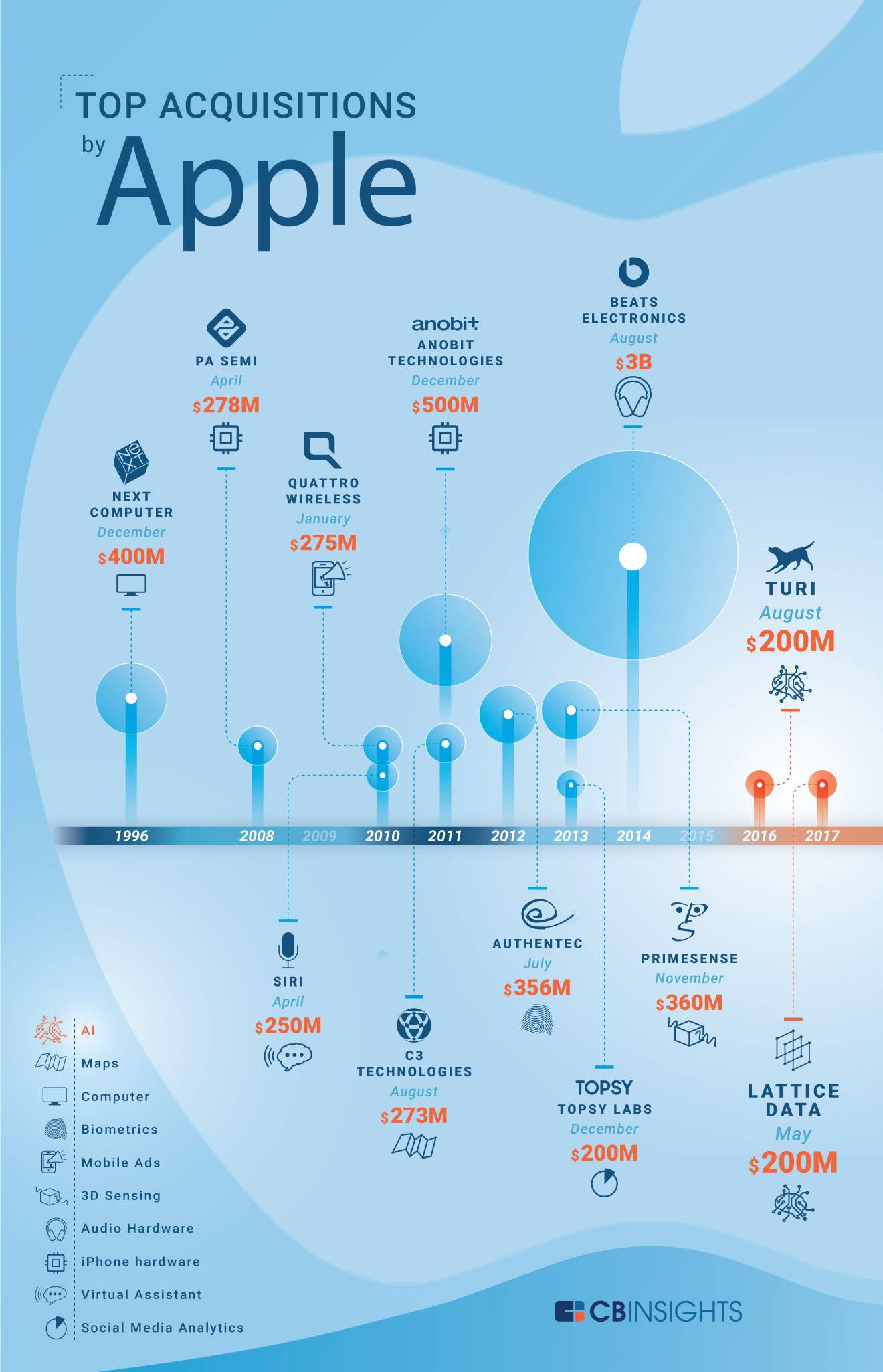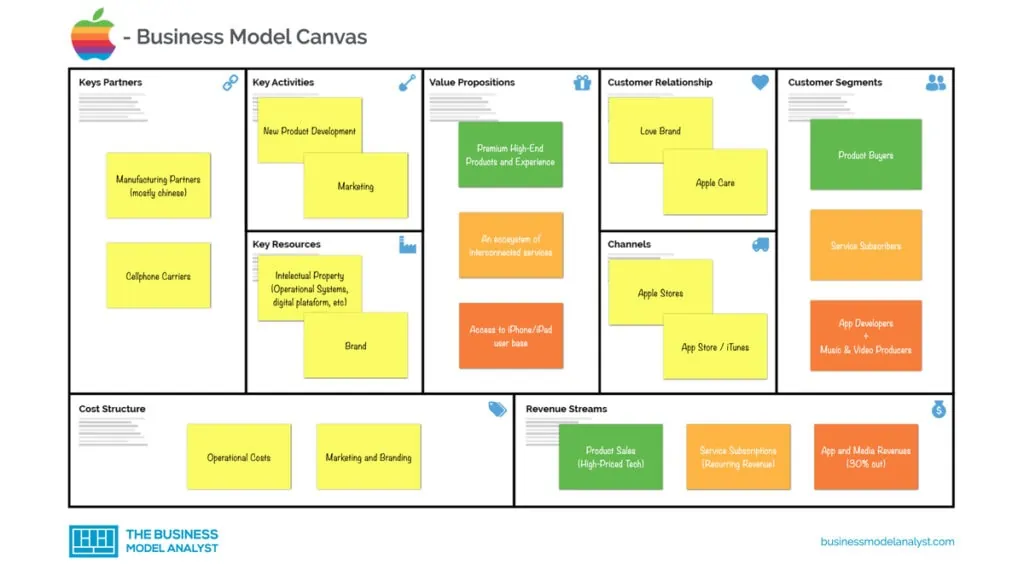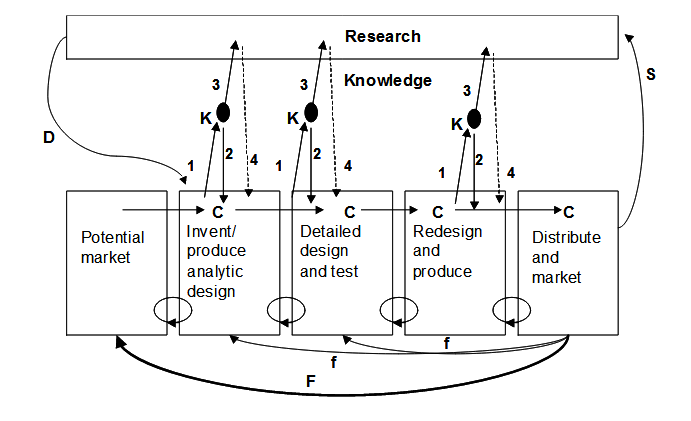How Apple Is Organized for Innovation
$ 18.99 · 4.6 (173) · In stock

When Steve Jobs returned to Apple, in 1997, it had a conventional structure for a company of its size and scope. It was divided into business units, each with its own P&L responsibilities. Believing that conventional management had stifled innovation, Jobs laid off the general managers of all the business units (in a single day), put the entire company under one P&L, and combined the disparate functional departments of the business units into one functional organization. Although such a structure is common for small entrepreneurial firms, Apple—remarkably—retains it today, even though the company is nearly 40 times as large in terms of revenue and far more complex than it was in 1997. In this article the authors discuss the innovation benefits and leadership challenges of Apple’s distinctive and ever-evolving organizational model in the belief that it may be useful for other companies competing in rapidly changing environments.

Apple Strategy Teardown: Where the World's Most Valuable Company Is Focusing

What Drives Apple's Innovation Engine?, by Amit Rawal, The Startup

How Apple Is Organized for Innovation - Summary. Organizational Restructuring How Apple Is Organized - Studocu

How Apple Is Organized for Innovation: Leadership at Scale - Goldzone TV

苹果实现创新的“一键三连”_哈佛商业评论出品How Apple is Organized for Innovation_哔哩哔哩_bilibili

Apples Organisation Structure

How Apple's Organizational Structure Bred Both Innovation and Silos, by Julius Giron

Apple Business Model

Apple Company: Innovation Strategy Implementation - 14108 Words
OBHR Comaparative Case Study, PDF, Apple Inc.
How Apple Is Organized for Innovation: The Functional Organization Part 1 3 A functional structure divides the organization into departments based on their function. Each is headed by a functional manager

